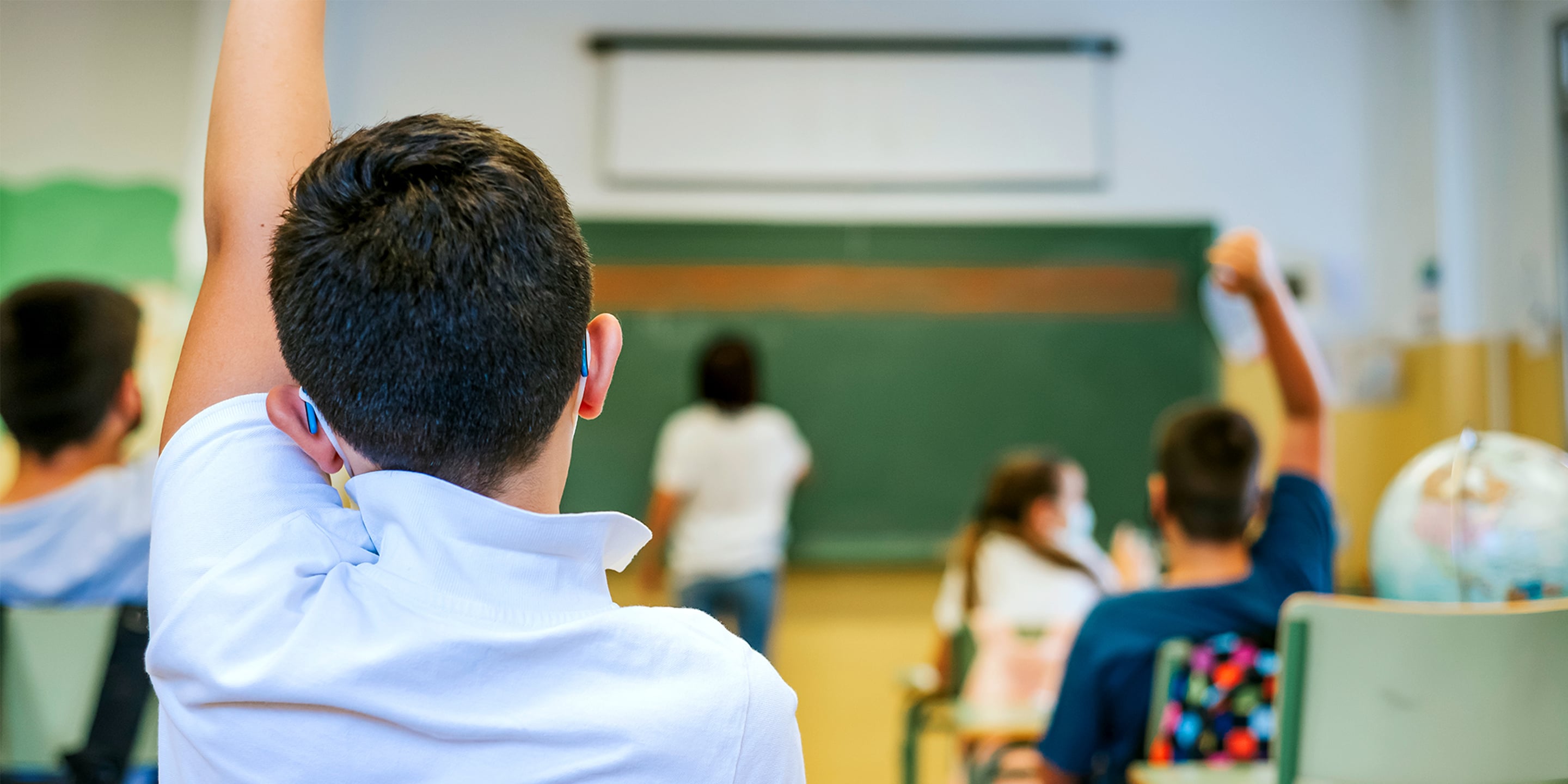-
Location
-
Asia Pacific
-
Europe
-
Middle East
-
North America
- |
- Contact
- |
-
Currency:Localize your Content
You can set your preferred currency for this account.
Choose a Currency
Currency- CHOOSE YOUR CURRENCY
Update Currency
Changing Currency will cause your current cart to be deleted. Click OK to proceed.
To Keep your current cart, click CLOSE and then save your cart before changing currency.
-
Select Account
Switching accounts will update the product catalog available to you. When switching accounts, your current cart will not move to the new account you select. Your current cart will be available if you log back into this account again.
Account# Account Name City Zip/Post Code CANCELPROCEEDMy Account
-
Industries
Industries
-
Automation Solutions
Automation Solutions
-
Brands
Brands
-
Support
Support
-
Location
-
Asia Pacific
-
Europe
-
Middle East
-
North America
- |
- Contact
- |
You are browsing the product catalog for
You are viewing the overview and resources for


The Countdown to Spend $122 Billion in School Covid-19-Relief Funds
Before March 2020, the idea of virtual learning was a novel concept. No one could anticipate that the majority of the nation’s students would soon be exclusively learning online. The pandemic reinforced the importance of in-person learning for students and educators alike, as well as the critical need to improve the infrastructure of our nation’s schools.
In 2021, the federal government infused a historic $122.7 billion as part of the American Rescue Plan Act (ARPA) to help schools improve learning environments, gain access to proper resources, and update infrastructure. Preceded by two other pieces of legislation (CARES, CRRSA) that provided funding to U.S. schools, this is the largest piece of federal aid school districts have ever received. The Elementary and Secondary Emergency Relief Funds, which is the aid allocated to K-12 schools as part of the ARPA, were set aside to create a healthier learning environment for students and teachers and to address the learning loss experienced by students during the pandemic.
Here’s what your school needs to know about the deadline, a potential extension, ways to use these funds, and how to act.
SPENDING HAS BEEN PROBLEMATIC
More than a year has passed since the federal government granted this aid, yet more than 90% of funds remain unspent[i], with a deadline to obligate these funds by September 2024. With the deadline quickly approaching, school districts are feeling the pressure to use, or lose, this once-in-a-lifetime allocation of funds.
Issues in the supply chain, labor shortages, and inflation have affected nearly every industry. These challenges have left thousands of schools across the country worried about losing out on this funding opportunity.
As a result, the U.S. Department of Education issued a letter in May addressing the concerns agreeing to consider extending the liquidation period of ESSER funds for an additional 18 months, potentially giving schools until spring of 2026 to liquidate funding.
OPPORTUNITY FOR SCHOOL UPGRADES
When the ESSER funds were established, the intent was to assist schools in their reopening efforts, address learning loss, and help provide a safe learning environment. Schools were given flexibility on how they allocated these funds as long as 20% was directed towards addressing learning loss.
Many U.S. schools are using the funding to make much-needed upgrades to their infrastructure, like upgrading HVAC systems and improving ventilation to address indoor air quality concerns, which studies show can all impact student well-being and learning.[ii]
If your school doesn’t require HVAC system upgrades, ESSER funding may be utilized to improve security with tools like visitor management software, access control and video systems.
HOW HONEYWELL CAN HELP
For many schools across the country, this historic infusion of funds presents a once-in-a-lifetime opportunity to make much-needed infrastructure upgrades. Honeywell can help your team determine eligible upgrades to decipher agencies, acronyms and applications.
Currently, Honeywell is working with an U.S. school district to improve indoor air quality and energy efficiency in 35 of its facilities. Working closely with this school district, our experts identified its needs, established priorities, and devised a funding strategy that would not require additional taxpayer funds to make school improvements.
HOW TO START
Learn the type of funding your school is eligible for and start with a free assessment. Honeywell experts will consult with you at no cost to help determine your school’s needs, analyze and equip you with a detailed report of your building's health and provide recommendations that meet your safety recommendations.
If you're not eligible to receive ESSER funding, there are other competitive grants your school or district may be eligible for to help make your school safer, more secure, and sustainable. Chat with one of our experts today .
[i] The Wall Street Journal, Billions in School Covid-Relief Funds Remain Unspent , Ben Chapman and Sara Randazzo, May 18, 2022, [Accessed July 13, 2022]
[ii] Environmental Protection Agency, How Does Indoor Air Quality Impact Student Health and Academic Performance? [Accessed July 13, 2022]
Copyright © 2026 Honeywell International Inc.
Maximum File Size
Maximum Files Exceeded
You cannot access this page as this product is not available in your country.
Compare X Products
Clear All
X of 5 products to compare
Maximum File Size
Maximum Files Exceeded
Due to inactivity you will be logged out in 000 seconds.
Maximum File Size
Maximum Files Exceeded
This product is not available in your country.
You cannot access this page as this product is not available in your current country. To view this product, please change your product catalog view.
View product catalog for:

